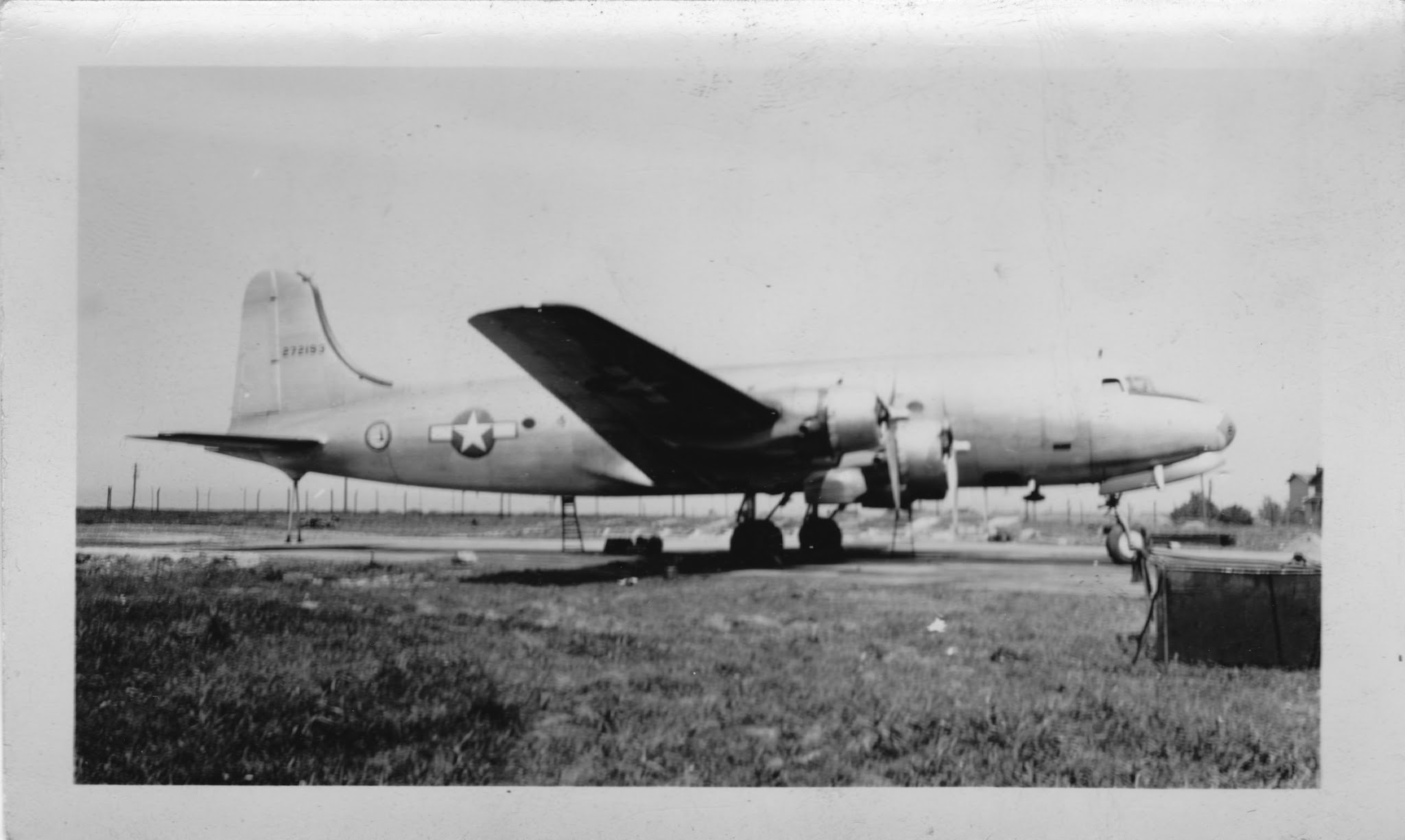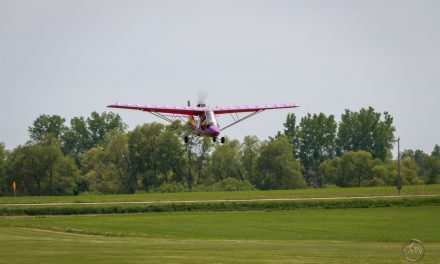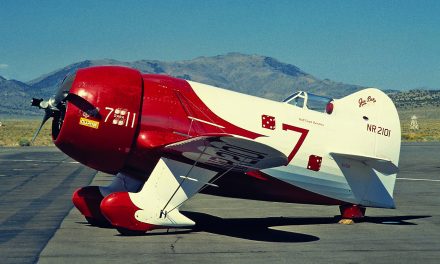
Originally shared by Gazing Skyward TV
This Day In Aviation History
July 1st, 1942
75 years ago the U.S. Army Air Forces formed the Air Transport Command.
Prior to the entry of the United States into WWII, the Army Air Forces established the Ferrying Command to ferry combat aircraft to allies, primarily Great Britain, Russia, China and the Free French. These countries had been at war against Germany and Japan and were in dire need of aircraft.
After the bombing of Pearl Harbor on December 7, 1941, the United States entered the war against both Japan and Germany. It was then evident that ferrying aircraft was not enough. The worldwide aerial movement of critical equipment,
supplies, and key personnel, as well as the ability to return battle casualties, was mandatory. It was also necessary to support combat air forces and allies.
On July 1, 1942, the Ferrying Command was renamed Air Transport Command and divided into two major divisions, Transport and Ferrying. This date is significant as it was the beginning of military airlift now currently operated by the Air Mobility Command of the U.S. Air Force.
Intercontinental transport flying during WWII presented many challenges. As it was only 15 years since Charles Lindbergh made his solo flight to Paris from New York, the Air Transport Command was still in a pioneering stage. Weather forecasting was marginal and there were many mechanical failures. Flying over jungles and mountains presented additional hazards. Navigation aids were scarce and on long overwater flights were nonexistent. All planes were equipped with astrodomes so that navigators, using a sextant or octant, could plot the plane’s position by the sun in the daytime or the stars at night.
Despite these difficulties, the Air Transport Command made a major contribution to the success of the the war effort. When operations began on July 1, 1942, its military strength was approximately 11,000 officers and enlisted men. By August 1945, it had reached over 209,000 with an additional 104,000 civilian personnel. The Air Transport Command fleet of 3,700 planes operated an aerial network stretching 180,000 miles reaching virtually everywhere in the world.
The civilian legacy of the Air Transport Command cannot be overestimated. It had established routes, air bases and navigation aids throughout the world. With the termination of the war, commercial international air travel began in earnest. Today it is the only practical way to travel long distances.
References:
Gazing Skyward TV, Air Transport Command – Airlift During WWII http://gstv.us/2trycLM
ATC Association: http://gstv.us/2ut867Y
Air Mobility Command Museum https://amcmuseum.org
Post by: Jack Kinyon – Air Transport Command, U.S. Army Air Forces, 1942 – 1947
Photo credit: C-54, Orly Field, Paris, photo by Jack Kinyon
#avgeek #AirTransportCommand #ATC #ww2 #military #USA #aviation #history #WW2 #fb






Recent Comments